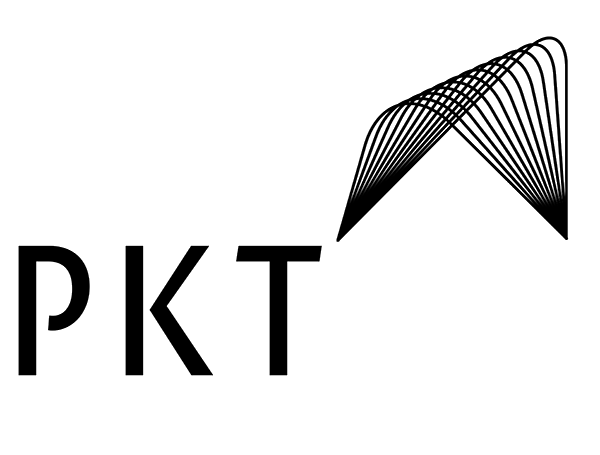
Team Building Retreats – Corporate Events and Activities for Group Engagement
Team building retreats are a great way to increase team productivity, build team morale and engage employees. More and more companies are taking advantage of corporate events and activities to bring the team together in fun and meaningful ways that facilitate team development and engagement. For many companies, team building retreats are an ideal way to create an environment of collaboration, cooperation and a sense of community among employees.
First and foremost, the goal of most team building retreats is to provide an opportunity for employees to collaborate, learn from each other and get to know one another better in a fun, relaxed and enjoyable environment. While ‘team building’ may sound serious and like plenty of hard work, it does not have to be. Through creative activities and games that are designed to foster collaboration and communication among employees, team building retreats provide a unique setting for employees to connect with each other and develop relationships.
In addition to fostering team development and collaboration, team building retreats can also help to improve employee morale and motivation in the workplace. By investing in their employees and providing an opportunity for them to come together, learn and grow together, companies demonstrate that they are invested in their team’s success. This, in turn, helps to create a positive work environment where employees feel valued and motivated.
Team building activities are often designed around the needs of a particular company and its employees. Some examples of activities which may be included in a team building retreat include icebreakers, brainstorming sessions, problem-solving challenges, scavenger hunts and outdoor activities such as kayaking, rope courses and more. By providing these activities, companies are able to address their specific team development needs, while also allowing employees to come together and have fun.
Although team building retreats require time and may involve additional costs, the returns are often well worth the investment. Greater collaboration and innovation among staff, improved employee morale and motivation, and a strengthened sense of community can all result from a successful team building retreat. To ensure that a team building retreat is successful and impactful, companies should work with an experienced event planning company who can design an engaging, productive and enjoyable retreat.
Benefits of Corporate Events for Group Engagement.
One of the key benefits of corporate events is their ability to foster group engagement. A corporate event is a gathering of employees and partners of a company for a specific purpose. These events give everyone in the group the opportunity to build relationships, exchange ideas, and learn from each other. Taking part in these events can create a sense of belonging to the company and help inspire collaboration, cooperation, and understanding between individuals and teams.
Event Components
The components of an effective corporate event for group engagement include:
1. Welcoming Address A welcome speech by the host or a senior guest will set the tone for the event and encourage participation.
2. Ice Breakers The right ice breakers are essential to get people to relax and feel comfortable interacting with each other. They should promote active listening and team building while reinforcing the key objective of the gathering.
3.Team Building Team building activities are important to foster collaboration and cooperation. This could include team sports, discussions and problem-solving activities.
4. Networking Networking allows individuals the opportunity to build relationships with colleagues, partners, suppliers, and clients. Group networking activities such as speed networking help break the ice, encourage conversation, and help build relationships.
5. Workshops Workshops provide an ideal platform for team members to learn from each other. Presentations, case studies, and brainstorming can be used to foster collaboration and help build understanding between teams.
6. Experiences Creating experiences such as high ropes course, escape rooms, leadership boot camps, and so on promote collaboration and provide the space for teams to form lasting relationships.
Overall, corporate events are a great way to foster group engagement. They can help create a sense of community, build relationships among teams and individuals, foster collaboration, and promote cooperation. With the right components and outcomes in place, corporate events can be an effective way to build an engaged workforce.
Strategies for Planning Effective Retreats.
Retreats are a great way for teams of people to come together and build their relationships, strengthen their bond, and connect on a deeper level. Not only do retreats help build strong relationships, they also allow teams to blow off steam and rejuvenate themselves. But planning effective retreats can be a challenge. To help make sure your retreats are successful, here are some strategies for planning effective retreats.
Planning Ahead: Make sure you plan your retreat several months in advance to ensure everyone is available and that the venue is available. Give participants enough time to reserve travel arrangements and plan their schedules. This gives participants the chance to take ownership of the retreat and get excited about it.
Setting Objectives: Have a clear set of objectives for the retreat. Focus on the necessary elements of the retreat and try to keep the emphasis positive rather than corrective. These objectives should take into consideration the needs of all participants. Be sure to consider diverse perspectives and provide all the necessary information upfront.
Creating Engaging Activities: When planning any retreat, it is important to have engaging activities that are designed to bring the group together. Activities should be designed to enhance camaraderie, foster team bonding and provide opportunities for meaningful conversations. These activities should also get participants out of their comfort zone and challenge them to think outside the box.
Incorporating Breaks: At a retreat, it is important to give participants ample time to rest, recharge and reflect. Allow everyone the chance to take a break and enjoy the break in whichever way they wish.
Evaluating the Retreat: After the retreat, have an evaluation and debrief session. This will allow you to assess what worked, what could be improved upon, and any areas that need further discussion or debate. It is also important to take into account the views of all participants, not just the facilitators.
Communications Plan: Before and after the retreat, it is important to have a well thought-out communications plan. This plan should include ways to keep participants informed throughout the retreat and how to follow up afterwards. It should also outline how to capture feedback and move forward with the decisions made during the retreat.
These are some key strategies for planning effective retreats. Retreats can be a powerful way for teams of people to come together, connect, and benefit from the experience. By taking the time to plan your retreat and following the strategies outlined above, you can ensure that your retreats are memorable, meaningful experiences for all involved.
Talk to us about planning your next Management Retreat
Leadership retreats for executives




